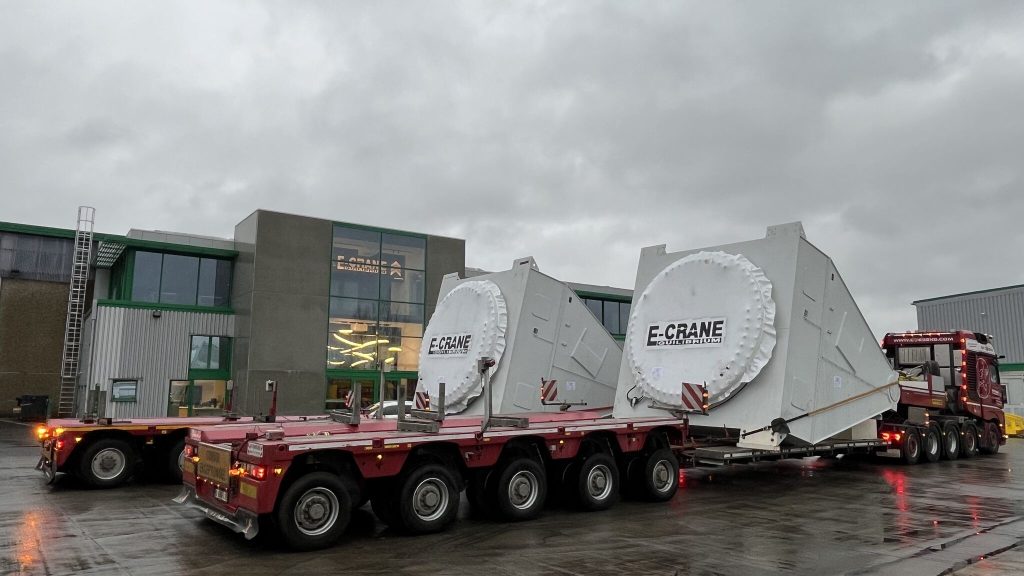
E-Crane® Worldwide has achieved a significant milestone with the successful completion of the Factory Acceptance Test (FAT) for two units of the 3000C Series upper structures. Each of these structures weighs over 280 metric tons. This accomplishment marks another success for the company and underscores its commitment to delivering high-quality solutions to its clients.
The FAT, conducted for a long-time client based in Australia, signifies the rigorous testing process that ensures the equipment meets all specified requirements before deployment. The completion of this phase demonstrates E-Crane®’s dedication to delivering reliable and efficient solutions to its global clientele.

Currently, the upper structures are en route to the Port of Antwerp-Bruges for onward transportation to Singapore. Upon arrival, the cranes will undergo installation on a transhipper, slated to occur later this year during dry-docking. This strategic positioning in Singapore will enhance operational efficiency and facilitate smoother cargo handling processes.
Once the installation process is finalized, the transhipper will embark on its journey back to Australia. There, it will resume its critical role in loading Baby Capes with iron ore concentrate at remarkable rates, exceeding 1 million tons per month. This operation underscores the vital role of E-Crane® equipment in facilitating efficient cargo handling operations, particularly in the maritime and logistics sectors.

As the transportation of the upper structures progresses and installation plans unfold, the industry eagerly anticipates the enhanced efficiency and productivity that these cranes will bring to the operations in Singapore and Australia.
Source: E-Crane
